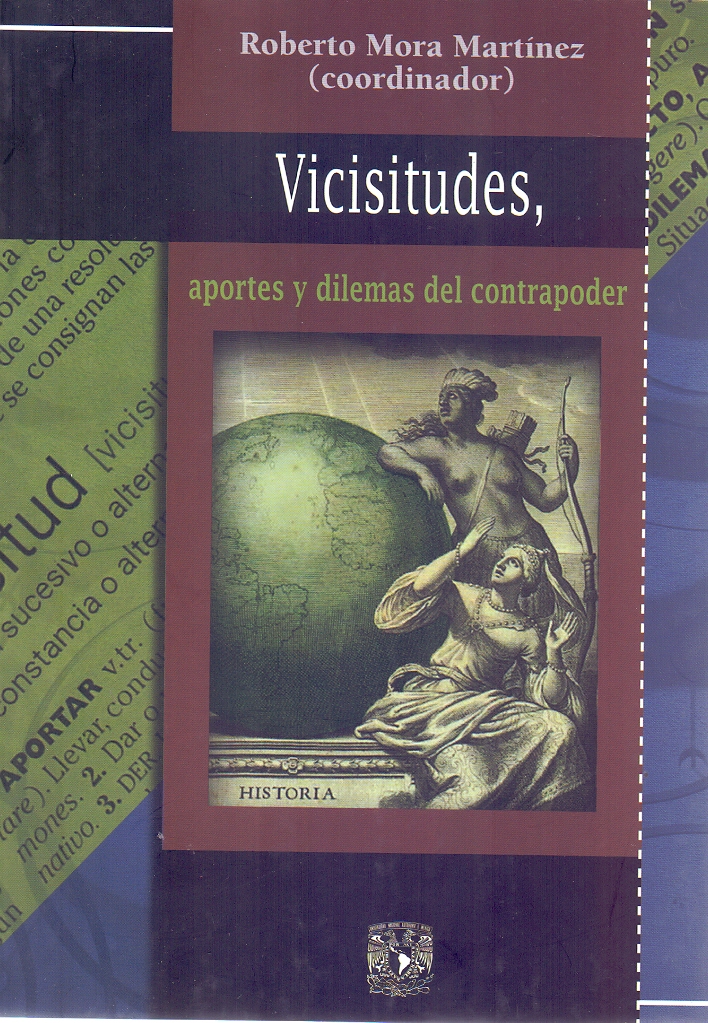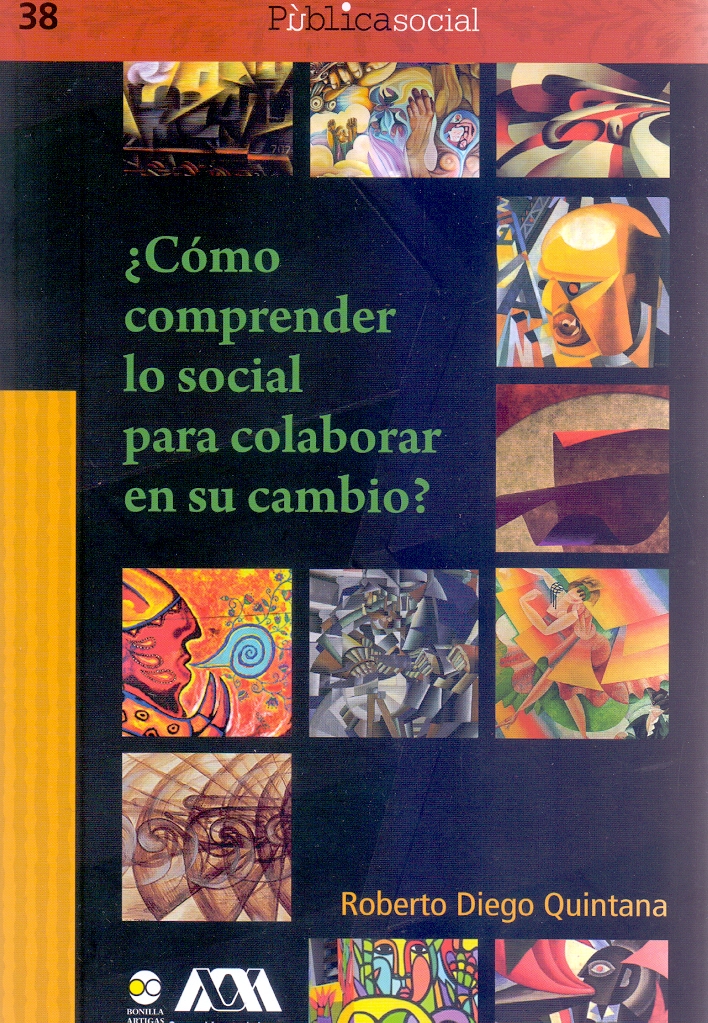Libros relacionados
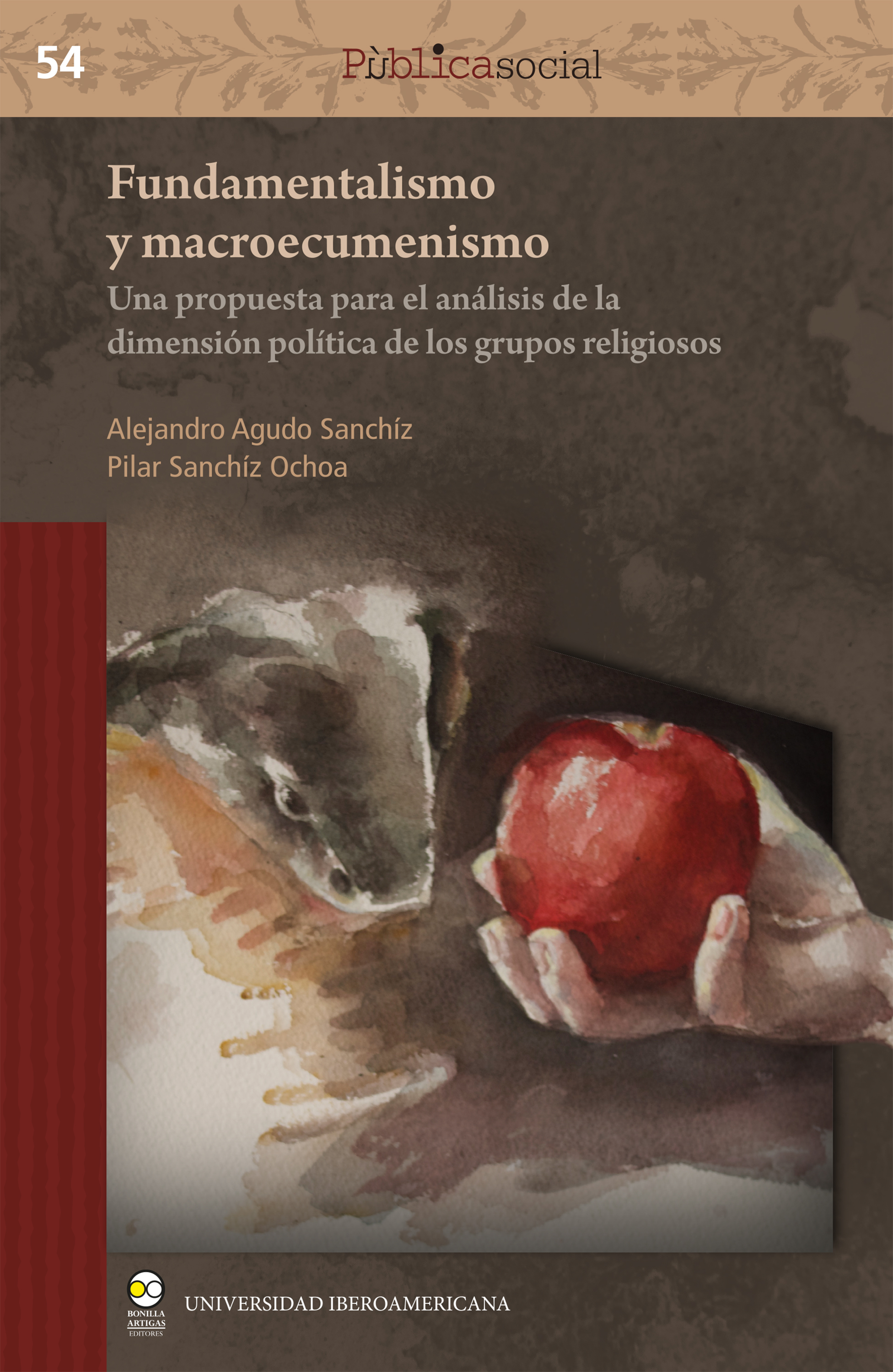 |
Fundamentalismo y Macroecumenismo: una Propuesta Para el Análisis de la Dimensió Agudo Sanchíz, Alejandro Bonilla Artigas Editores |
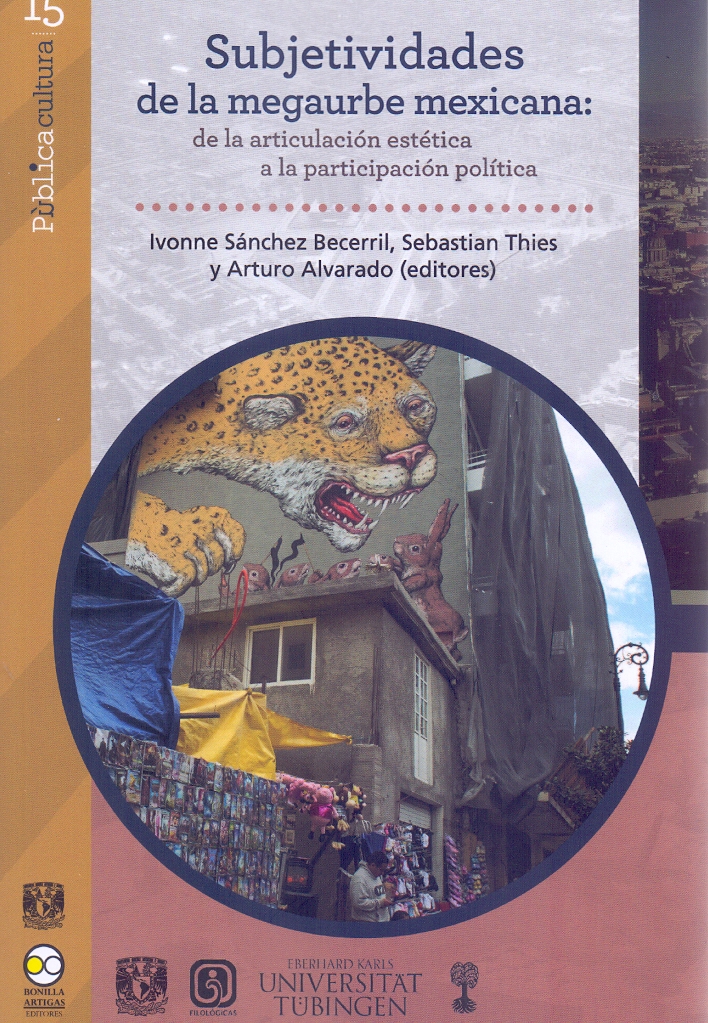 |
Subjetividades de la Megaurbe Mexicana: de la Articulación Estética a la Partici Ivonne Sánchez Becerril, Sebastian Thies, Arturo Alvarado Bonilla Artigas Editores |
 |
La Configuración Corporativa del Sindicato Nacional de Trabajadores del Seguro S Ocampo Merlo, Rodrigo Eduardo Bonilla Artigas Editores |
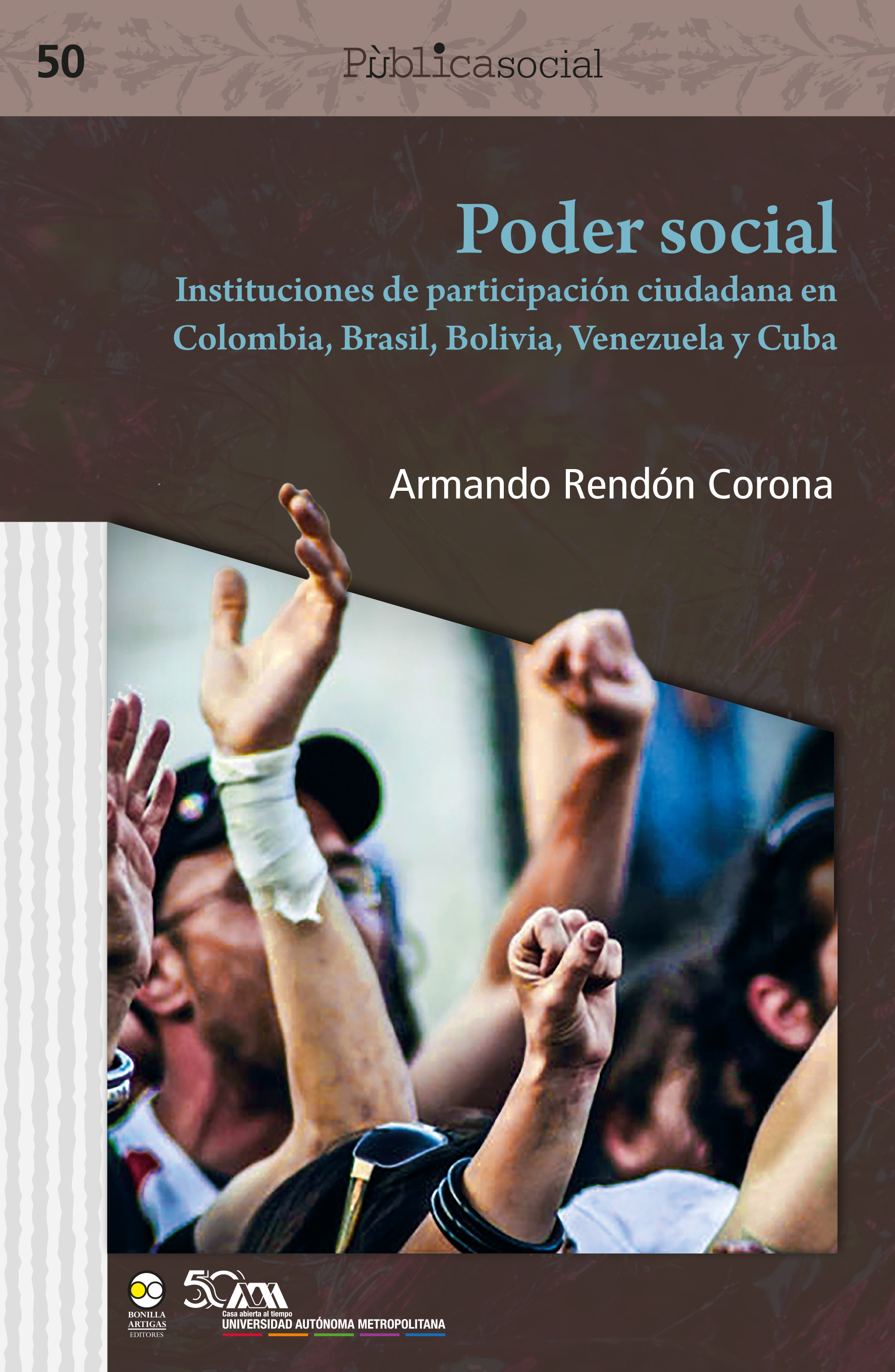 |
Poder Social. Instituciones de Participación Ciudadana Armando Rendón Corona Bonilla Artigas Editores |
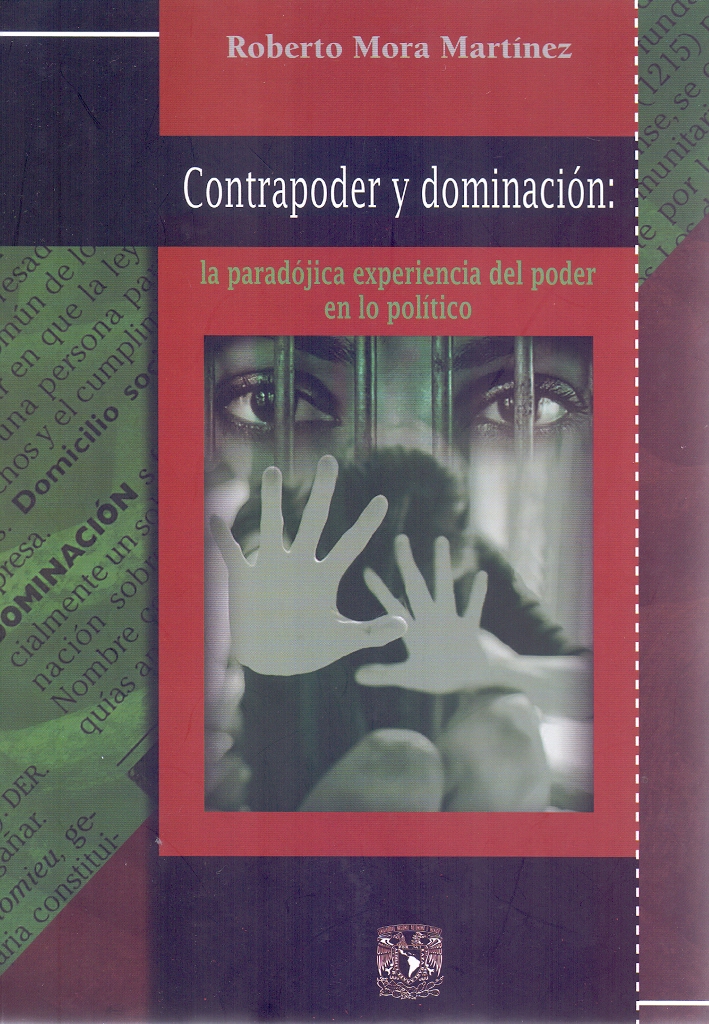 |
Contrapoder y Dominación: la Paradójica Experiencia del Poder en Lo Político Mora Martínez, Roberto Bonilla Artigas Editores |
 |
Derecho, Despojo y Luchas Sociales: Análisis Sociojurídicos y Testimonios de Lu Hernández Cervantes, Aleida; López Bárcenas, Francisco Bonilla Artigas Editores |
 |
Mujeres en Círculo: Espiritualidad y Corporalidad Femenina Ramírez Morales, María del Rosario Bonilla Artigas Editores |


|
Título: Water Footprint Of Modern Consumer Society, The | |
| Autor: Hoekstra, Arjen | Precio: $1099.00 | |
| Editorial: Routledge | Año: 2013 | |
| Tema: Ciencias Sociales | Edición: 1ª | |
| Sinopsis | ISBN: 9781849714273 | |
| Water is not only used in the domestic context, but also in agriculture and industry in the production of commercial goods, from food to paper. The water footprint is an indicator of freshwater use that looks at both direct and indirect use of water by a consumer or producer. The water footprint of an individual, community or business is defined as the total volume of freshwater that is used to produce the goods and services consumed by the individual or community or produced by the business.
This book shows how the water footprint concept can be used to quantify and map the water use behind consumption and how it can guide reduction of water use to a sustainable level. With a number of case studies, it illustrates water use along supply chains and that water consumption at one place is often linked to water use at another. For example, it is calculated that it takes 15,000 litres of water to produce 1 kg of beef, or 8,000 litres of water to produce a pair of jeans. The book shows that imports of water-intensive products can highly benefit water-scarce countries, but also that this creates a dependency on foreign water resources |
||
Librería Bonilla SA de CV © Todos los derechos reservados. 2019
Última actualización: Jul 2019




